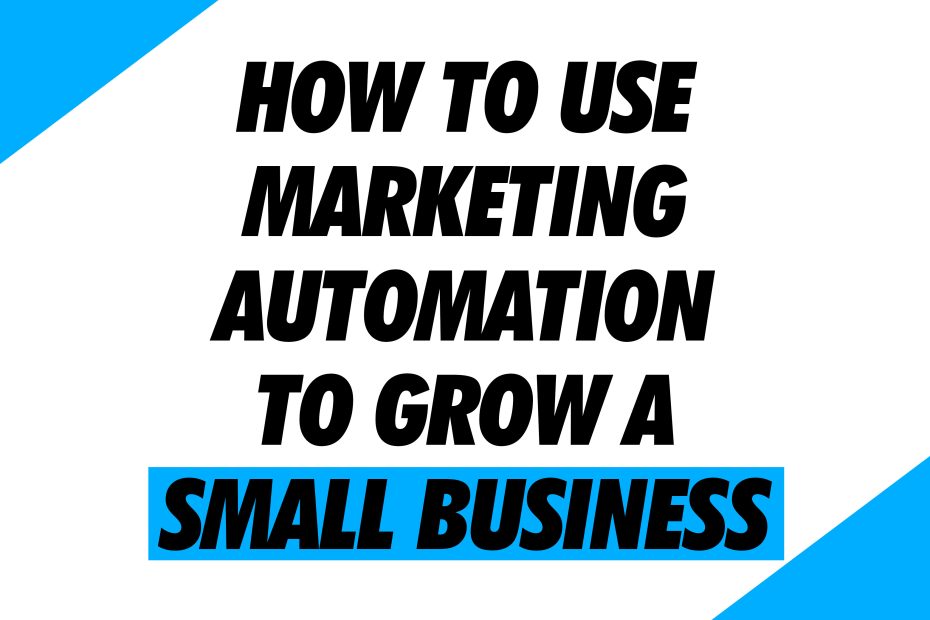Introduction
In the competitive landscape of small business, the ability to maximize efficiency and customer engagement is crucial for sustainable growth. Marketing automation has emerged as a game-changing solution, allowing small businesses to streamline their marketing efforts and foster stronger connections with their audience. In this article, we’ll explore practical strategies on how to use marketing automation to grow a small business.
How to use marketing automation to grow a small business
1. Define Your Marketing Goals:
Before diving into marketing automation, establish clear objectives for your small business. Whether it’s lead generation, increased website traffic, or higher conversion rates, having well-defined goals will guide your automation strategy.
2. Identify Your Target Audience:
Understand your audience’s preferences and behaviors. Utilize data to segment your audience effectively. This knowledge will help you create personalized campaigns that resonate with different customer groups.
3. Select the Right Automation Platform:
Choose a marketing automation platform that aligns with your business needs and budget. Options like HubSpot, MailChimp, and ActiveCampaign offer a range of features suitable for small businesses.
Email Marketing:
Start with email marketing automation. Design targeted email campaigns for lead nurturing and customer engagement. Automate follow-up emails, welcome sequences, and personalized content delivery.
Lead Generation and Capture:
Leverage marketing automation to capture leads on your website or landing pages. Create enticing lead capture forms and offer valuable content in exchange for email addresses. Automate follow-up emails and nurturing sequences to convert leads into customers.
Lead Scoring:
Implement lead scoring to prioritize potential customers. Assign scores based on their interactions and behavior. Focus your efforts on leads that exhibit higher buying intent.
Automated Workflows:
Develop automated workflows to nurture leads through the sales funnel. Send targeted content, product recommendations, and reminders at key stages of the customer journey.
Analytics and Reporting:
Use marketing automation analytics to track the performance of your campaigns. Monitor open rates, click-through rates, and conversion metrics. Use data-driven insights to refine your strategies.
Integration:
Integrate your marketing automation platform with other essential tools such as CRM systems and social media platforms. This ensures data consistency and streamlines the customer experience.
Personalization:
Leverage the power of personalization. Use automation to tailor messages and content to individual preferences, increasing customer engagement and loyalty.
Multichannel Engagement:
Expand your automation efforts to encompass multiple channels. Engage with customers on social media, SMS, and other digital touchpoints, ensuring a seamless and cohesive experience.
Customer Support Automation:
Automate customer support processes with chatbots and AI-driven systems. Provide real-time responses to queries, enhance user experience, and free up resources for other critical tasks.
Conclusion
Marketing automation is a potent tool for small businesses looking to foster growth and customer engagement. By defining your goals, understanding your audience, and selecting the right automation platform, you can harness the power of automation to streamline your marketing efforts. Embrace email marketing, lead generation, lead nurturing, analytics, integration, and personalization to create a customer-centric approach. As you continue to refine your automation strategies, your small business will be well-equipped to navigate the competitive landscape and drive sustainable growth.





